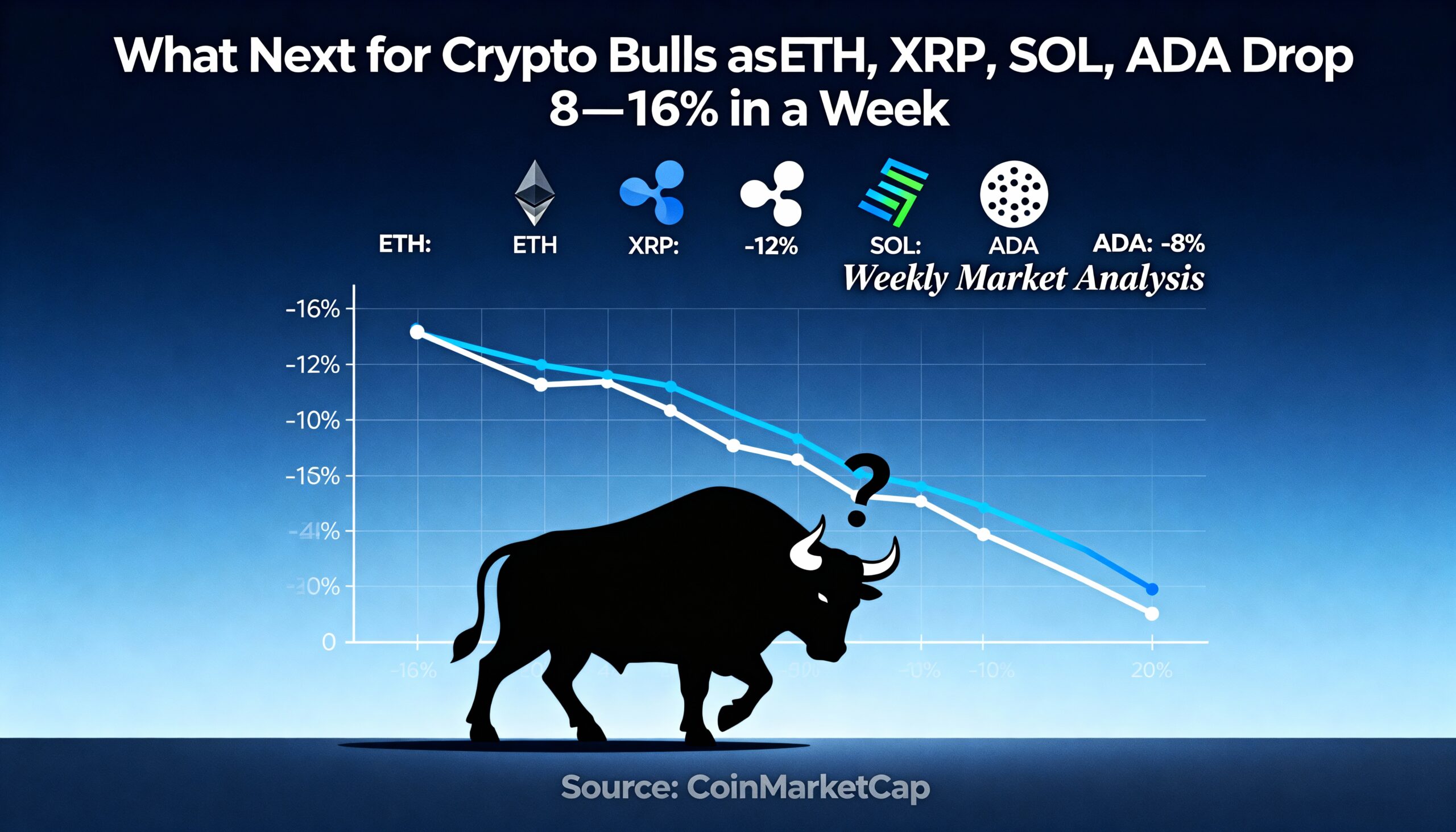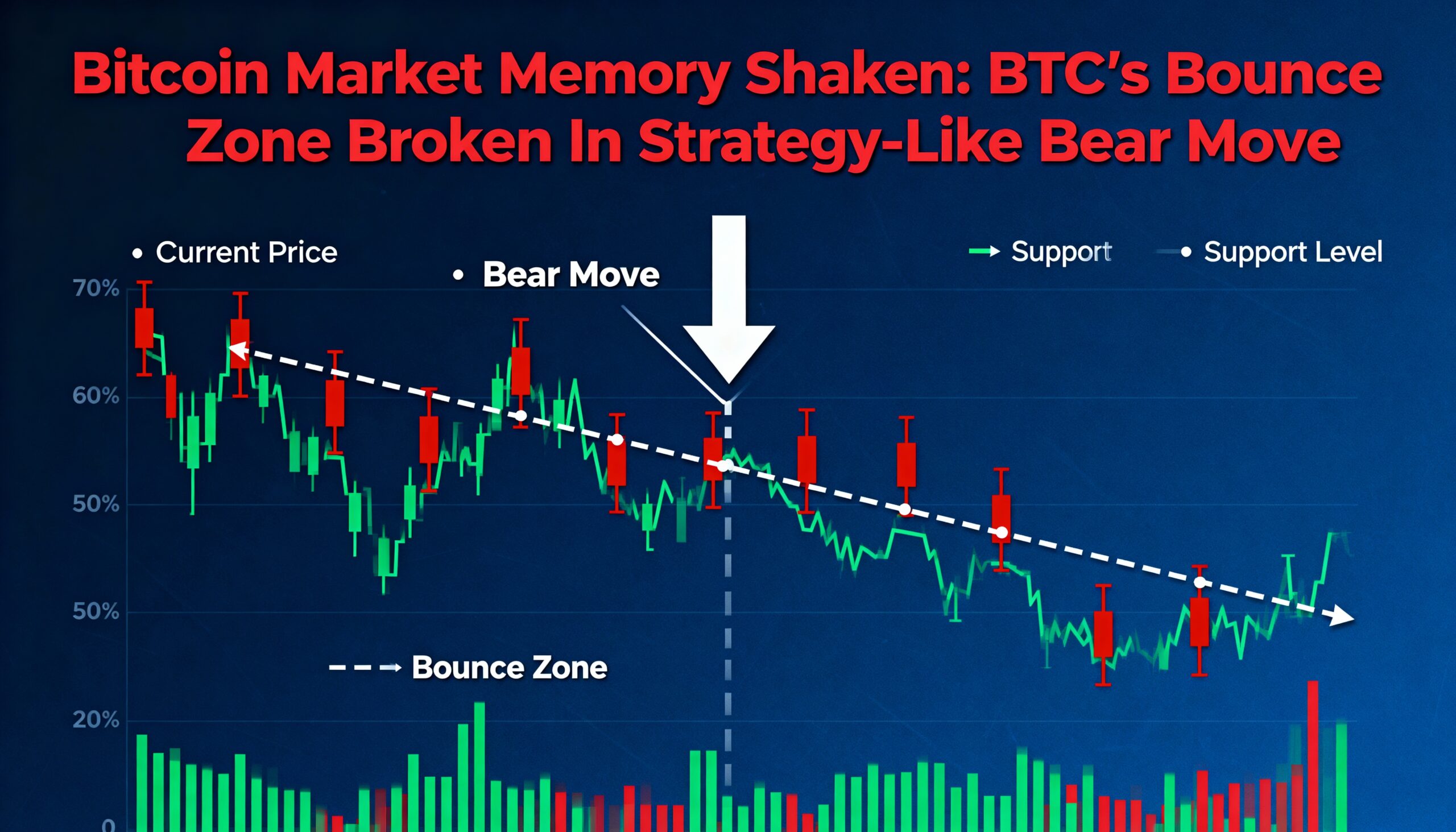
As 2024 draws to a close, macroeconomic concerns and widespread profit-taking are putting pressure on the cryptocurrency market.
The crypto market is seeing a rocky Monday, driven by disappointing U.S. economic data and a surge in profit-taking. Bitcoin (BTC) has fallen by 1.8% in the past 24 hours, dropping to $91,800, a level not seen since Dec. 5, when it first broke through the $100,000 threshold. The cryptocurrency has now dropped more than 14% from its record high of $108,278 on Dec. 17.
Ether (ETH) has shown a smaller loss, down 0.7% to $3,320. However, it remains 17% below its peak from earlier in December and has still not exceeded its 2021 all-time high of $4,820. Solana (SOL) has fared better than Bitcoin, with the SOL/BTC ratio rising by 0.35% today.
The CoinDesk 20 index, which tracks the 20 largest cryptocurrencies by market cap (excluding stablecoins, memecoins, and exchange tokens), has also slipped, falling 3.74%. Ripple (XRP) and Stellar (XLM) are the hardest hit, down 6% and 6.3% respectively, while Litecoin (LTC) has shown more resilience, down just 1.9%.
Shares of cryptocurrency-related companies have also taken a hit. MicroStrategy (MSTR) dropped 7%, Coinbase (COIN) lost 5.3%, and major Bitcoin mining companies such as MARA Holdings (MARA) and Riot Platforms (RIOT) each saw declines of over 7%.
Profit-taking is largely behind the current selling pressure, as investors cash out after Bitcoin’s impressive 117% rise in 2024. The seven-day moving average for profit-taking has surpassed $1.2 billion, though it’s a far cry from the $4.0 billion peak seen on Dec. 11. Even so, profit-taking is still much higher than typical levels, with long-term Bitcoin holders accounting for the majority of those taking profits.
Macroeconomic factors are also contributing to the downturn. The U.S. Chicago PMI, which measures the performance of the manufacturing and non-manufacturing sectors in the Chicago area, posted its lowest reading since May, signaling a potential economic slowdown.
Furthermore, uncertainty around the Federal Reserve’s interest rate policy for 2025 is adding to market volatility, as the central bank has indicated it will pause rate cuts until at least March. The upcoming inauguration of President-elect Donald Trump on Jan. 20 is also creating unease. The S&P 500, Nasdaq, and Dow Jones are all down over 1% in response.
“2024 surpassed expectations, but signs of exhaustion indicate that a period of consolidation is needed,” said Joe Carlasare, a partner at Amundsen Davis. “Looking ahead to 2025, I’m optimistic, but I expect the market to diverge from consensus, as it often does. Bitcoin adoption continues to grow, and I believe it will generally move in line with traditional markets. If the U.S. can avoid a severe economic slowdown, Bitcoin should perform well, though it may face more volatility than in 2024.”























